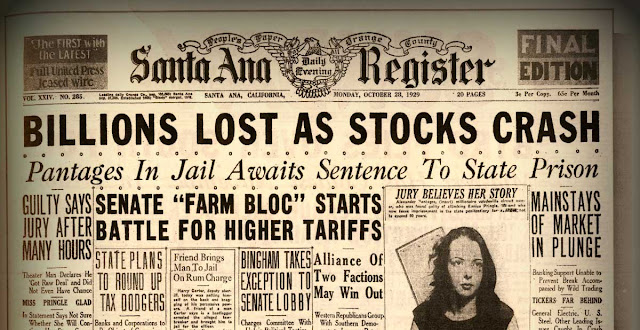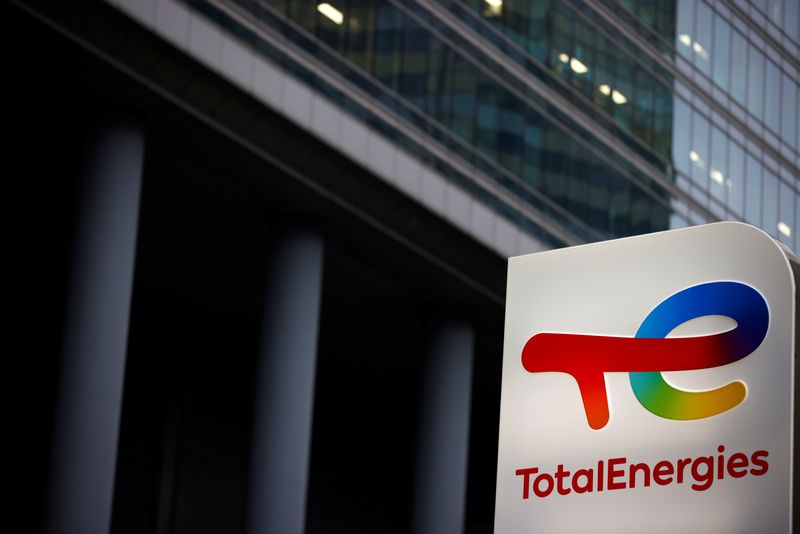March 3, 2022
in Markets

“What is money?” is a question that economists have pondered for centuries, but the blocking of Russia’s central-bank reserves has revived its relevance for the world’s biggest nations—particularly China. In a world in which accumulating foreign assets is seen as risky, military and economic blocs are set to drift farther apart.
After Moscow attacked Ukraine last week, the U.S. and its allies shut off the Russian central bank’s access to most of its $630 billion of foreign reserves. Weaponizing the monetary system against a Group-of-20 country will have lasting repercussions.
The 1997 Asian Financial Crisis scared developing countries into accumulating more funds to shield their currencies from crashes, pushing official reserves from less than $2 trillion to a record $14.9 trillion in 2021, according to the International Monetary Fund. While central banks have lately sought to buy and repatriate gold, it only makes up 13% of their assets. Foreign currencies are 78%. The rest is positions at the IMF and Special Drawing Rights, or SDR—an IMF-created claim on hard currencies.
Many economists have long equated this money to savings in a piggy bank, which in turn correspond to investments made abroad in the real economy.
Recent events highlight the error in this thinking: Barring gold, these assets are someone else’s liability—someone who can just decide they are worth nothing. Last year, the IMF suspended Taliban-controlled Afghanistan’s access to funds and SDR. Sanctions on Iran have confirmed that holding reserves offshore doesn’t stop the U.S. Treasury from taking action. As New England Law Professor Christine Abely points out, the 2017 settlement with Singapore’s CSE TransTel shows that the mere use of the dollar abroad can violate sanctions on the premise that some payment clearing ultimately happens on U.S. soil.
To be sure, the West has frozen Russia’s stock of foreign exchange, but hasn’t blocked the inflow of new dollars and euros. The country’s current-account surplus is estimated at $20 billion a month due to exports of oil and gas, which the U.S. and the European Union want to keep buying. While these balances go to the private sector, officials have mobilized them. Stopping major banks like
Sberbank
from using dollars and excluding others from the Swift messaging system still plunges the economy into chaos, especially if foreign businesses are afraid to buy Russian energy despite the sector’s explicit exclusion from sanctions. But hard currency will probably keep gushing in through energy-focused lenders like Gazprombank, and can theoretically be used to pay for imports and buy the ruble.
Yet the entire artifice of “money“ as a universal store of value risks being eroded by the banning of key exports to Russia and boycotts of the kind corporations like Apple and
Nike announced this week. If currency balances were to become worthless computer entries and didn’t guarantee buying essential stuff, Moscow would be rational to stop accumulating them and stockpile physical wealth in oil barrels, rather than sell them to the West. At the very least, more of Russia’s money will likely shift into gold and Chinese assets.
Indeed, the case levied against China’s attempts to internationalize the renminbi has been that, unlike the dollar, access to it is always at risk of being revoked by political considerations. It is now apparent that, to a point, this is true of all currencies.
The risk to King Dollar’s status is still limited due to most nations’ alignment with the West and Beijing’s capital controls. But financial and economic linkages between China and sanctioned countries that are only allowed to accumulate reserves—and, crucially, spend them—there will necessarily strengthen. Even nations that aren’t sanctioned may want to diversify their geopolitical risk. It seems set to further the deglobalization trend and entrench two separate spheres of technological, monetary and military power.
China itself owns $3.3 trillion in currency reserves. Unlike Russia, it cannot usefully hold them in renminbi, a currency it prints. Stockpiling commodities is an alternative. The conundrum creates another incentive for Beijing to reduce its trade surplus by reorienting its economy toward domestic consumption, though it has proven challenging.
What can investors do? For once, the old trope may not be ill advised: buy gold. Many of the world’s central banks will surely be doing it.

















